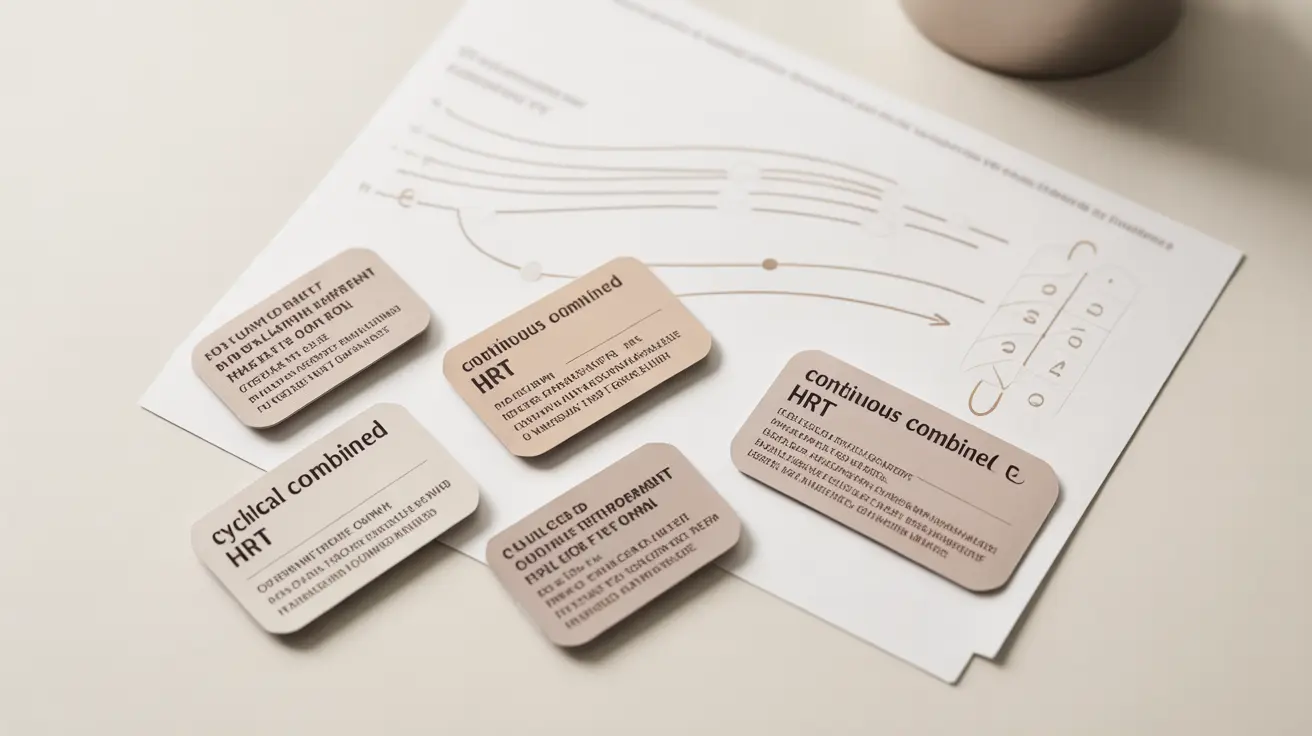Understanding how hormone replacement therapy (HRT) patches affect your menstrual cycle is crucial for women considering or starting this treatment. Whether you're experiencing menopause symptoms or have concerns about period changes, knowing what to expect can help you better manage your treatment journey.
This comprehensive guide explores the relationship between HRT patches and menstrual periods, including what changes to expect and when you might experience them.
Types of HRT Patches and Their Effects on Periods
HRT patches come in two main types, each affecting your menstrual cycle differently:
Cyclical (Sequential) HRT Patches
This type of HRT is typically prescribed for women who are perimenopausal or in early menopause. With cyclical HRT patches:
- You receive estrogen continuously through the patch
- Progestogen is added for 12-14 days each month
- You may experience regular monthly withdrawal bleeds
- Periods often become more predictable than during natural perimenopause
Continuous Combined HRT Patches
This form is usually recommended for postmenopausal women or those who haven't had a natural period for at least a year. With continuous combined HRT:
- Both estrogen and progestogen are delivered continuously
- The goal is to eventually stop periods altogether
- Initial irregular bleeding or spotting is common but should decrease over time
Timeline of Period Changes with HRT Patches
When starting HRT patches, the timing of menstrual changes varies among individuals:
- First 3-6 months: Possible irregular bleeding or spotting
- 6-12 months: Bleeding patterns usually stabilize
- After 12 months: Most women on continuous combined HRT should have minimal or no bleeding
Managing Bleeding Patterns During HRT
Understanding and managing bleeding patterns while using HRT patches is essential for successful treatment:
Normal Bleeding Patterns
What's considered normal depends on your HRT type:
- Cyclical HRT: Regular monthly withdrawal bleeds
- Continuous combined HRT: Initial irregular bleeding that gradually stops
When to Seek Medical Advice
Contact your healthcare provider if you experience:
- Heavy or prolonged bleeding
- Bleeding that starts after several months of no bleeding
- Any unexpected or concerning bleeding patterns
Frequently Asked Questions
Do HRT patches make your period stop, or can you still get periods while using them?
Whether you continue having periods depends on the type of HRT patches you use. Cyclical HRT typically maintains monthly periods, while continuous combined HRT aims to eventually stop periods altogether.
How do HRT patches affect your menstrual cycle, and what changes in bleeding should I expect?
Initial changes may include irregular bleeding or spotting. With cyclical HRT, you'll likely have regular monthly bleeds. On continuous combined HRT, any bleeding should gradually decrease and eventually stop.
What's the difference between cyclical (sequential) and continuous combined HRT patches for periods?
Cyclical HRT maintains monthly periods by providing progestogen for part of each month, while continuous combined HRT delivers both hormones constantly, aiming to stop periods completely.
How soon after starting HRT patches will periods or bleeding change, and is this normal?
Changes typically begin within the first few weeks of treatment. It may take 3-6 months for bleeding patterns to stabilize, and up to 12 months for some women to achieve their desired bleeding pattern.
What should I do if I experience unexpected bleeding or spotting while using HRT patches?
Keep a record of any bleeding and consult your healthcare provider if you experience heavy, prolonged, or unexpected bleeding, especially if it occurs after several months of no bleeding.




